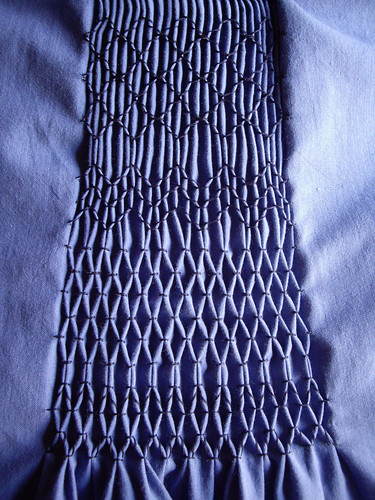
I started working for myself for two reasons.
- I went to an event with a lot of independent traders, and came home thinking “I could do better than that”. And I did. For a while.
- I became frustratingly and unpredictably ill. Working for myself gave me the flexibility I needed to work as much as possible when I was well.
For a long time I’ve combined working at various part time jobs with working for myself. This gave me a convenient source of regular income, whilst also allowing me the time to work on my own projects and business ideas. In 2008 I became sufficiently ill (ironically thanks to the medications I was taking) that I could no longer reliably hold down a part time job, so since October 2008 I’ve been working entirely for myself.
My bank balance sadly reveals that I haven’t been making a very good job of it, and so I find myself in the position of looking for a job again.
Unfortunately, the down side of being a “magpie” is that I find it terribly difficult to stick to just one thing. When it comes to getting a job and staying with it, that’s a bit of a drawback in terms of finding something that isn’t going to bore me to death after a few months.
Since I left University I’ve taught myself to sew, to make alterations, to draft my own patterns, researched historical costume and learned to make corsets, studied the Pre-Raphaelites, learned how to use a digital SLR, taken up wildlife photography, learned to knit, written and published my own knitting patterns, taken life drawing classes, qualified as a professional massage therapist, designed, built and run an online shop, made jewellery using semi-precious gemstones, studied historical crafts, written sewing tutorials, volunteered to study 19th century smocks and signed up to give a workshop on smocking, made my own slippers, recycled pillowcases into tote bags, made my own soap, bubble bath and body lotion, taken up clog dancing, researched sustainable textiles and fashion production, started writing this blog, set up my own t-shirt printing business… and that’s just the stuff I can remember off the top of my head.
On the job front, I’ve designed and built websites using a number of different systems, trained other people to use them, written instructions and documentation, typeset, edited and proof-read all sorts of things, fitted and altered bridal dresses, worked in a library, and sold cosmetics, fabric and books.
The list of things I want to learn is as long as my arm (and growing by the minute), but the three things that are vying for my attention at the moment are training to become a qualified aromatherapist, learning to make my own shoes, and learning to make silver jewellery.
The problem with looking for a new job is that it’s very difficult to condense all of this into a coherent and appropriate CV! The other problem with looking for a job is that I don’t want one. Not a job in any conventional sense that I can think of anyway. The thought of having to pick one thing and stick to it seems completely ridiculous to me. How on earth would I choose what to do?
The primary skill that I bring to everything I’ve ever done is relentless enthusiasm.
I have a peculiar ability to be interested in just about anything – until I’ve understood it, figured out how it works, or learned how to do it for myself. After that I’m quite happy to move on to the next thing, whatever that might be.
Unfortunately, as far as I’ve been able to tell so far, that’s not a job.
I don’t need mountains of money. I’ve never aspired to be especially rich. But obviously I have bills to pay, so I need to earn some kind of a living.
So, I guess what I need to find out now, is how to get paid for being relentlessly enthusiastic about things.
Your suggestions are extremely welcome!
Like this:
Like Loading...






